This website uses cookies so that we can provide you with the best user experience possible. Cookie information is stored in your browser and performs functions such as recognising you when you return to our website and helping our team to understand which sections of the website you find most interesting and useful.
Liubeshiv Territorial Community
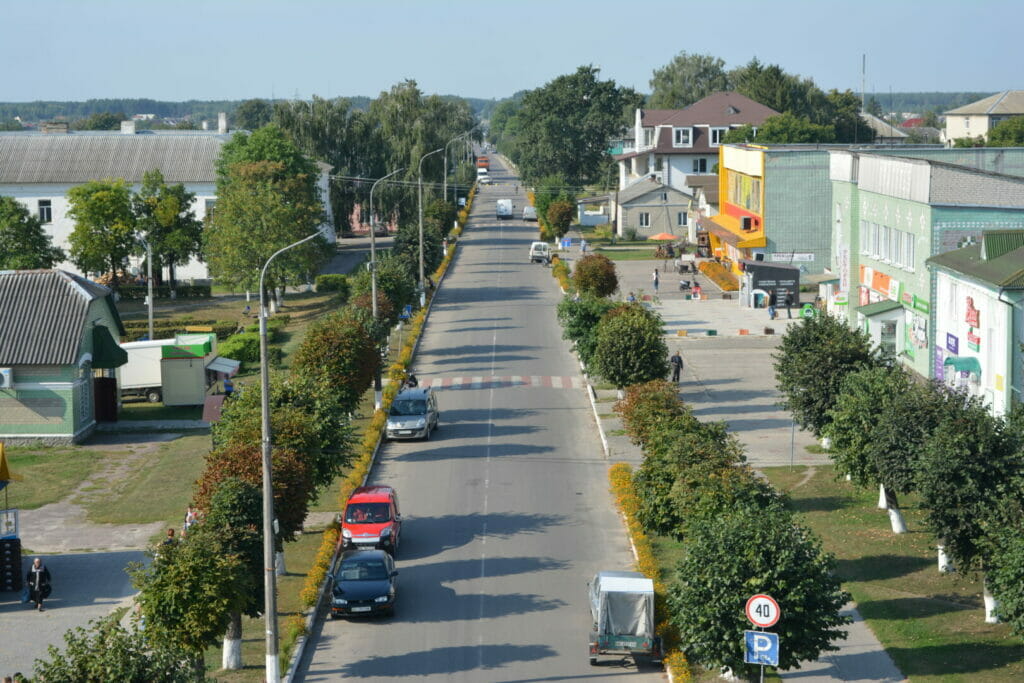
The Liubeshiv community is located in the Kamin-Kashyrskyi district of the Volyn region and borders the Republic of Belarus.
The border with Poland is about 180 km away.
The total area of the territory is 1,250.1 km2.
The population of the Community is 30,445
with a predominant part of rural residents numbering 24,743 people.
More than 1,100 internally displaced persons have been registered in the community since the beginning of the war.
The Community consists of 41 population centres. The administrative centre is located in the urban-type settlement of Liubeshiv.
History
The Liubeshiv Territorial Community was established in December 2017.
The first written mention of Liubeshiv dates back to September 18, 1484. At that time, Liubeshiv was a part of the Grand Duchy of Lithuania. However, according to historical sources, Liubeshiv is much older, because it already existed and developed in 1484. Moreover, the apportion of estates surrounding Liubeshiv was subject to court proceedings at that time. Unfortunately, no earlier record about the township has been found yet.
Liubeshiv was completely burnt down by the Tatars in 1653. Then, the settlement gradually revived. A monastery of the Piarist fathers was founded in Liubeshiv in 1684 by the Lithuanian Marshal Jan Karol Dolski. Then, it was transferred to the Capuchin Order on January 2, 1926. The owner of Liubeshiv, Jan Karol Dolski, managed to obtain the town status for the village in 1693.
Unfortunately, the Piarists’ church in Liubeshiv was destroyed during the Soviet era. There are few reminders about the glory of the college of European importance. A printing house, a newspaper office, and a department of education and science are located in the remaining building of that famous educational institution now.
There are historical and cultural heritage sites on the territory of the Liubeshiv Settlement Council. They include the Cells of the Piarists monastery (the former monastery school where Tadeusz Kostiushko studied) dated 1684, the Entrance Gate of the Czarnecki estate (18th century), the Church and cells of the Capuchin monastery (18th century), museums, churches, reserves, etc.
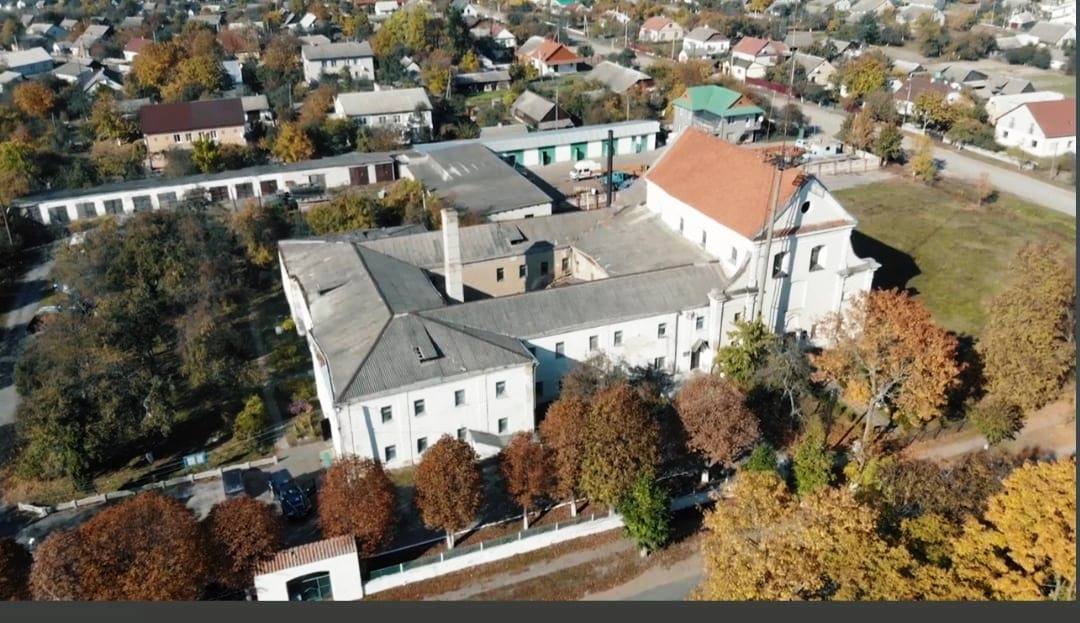
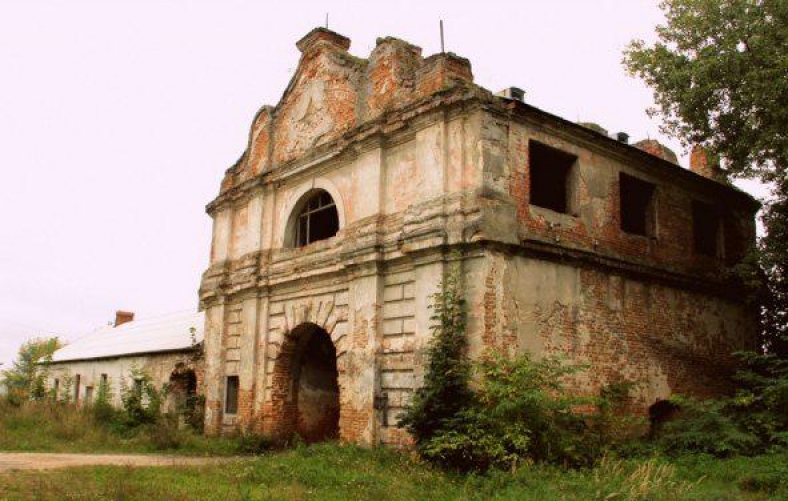

The Cells of the Piarists monastery (the former monastery school where Tadeusz Kostiushko studied) dated 1684/source: the Liubeshiv Settlement Council
Economy and Welfare
Meat cattle breeding, grain, potato and berry farming are considered promising industries in the Liubeshiv Community.
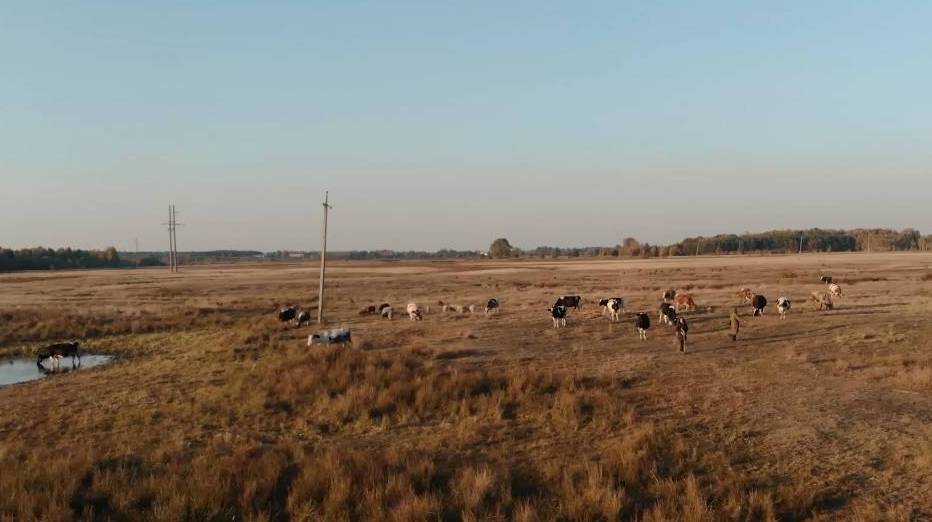
The forestry and woodworking industry are actively developing.
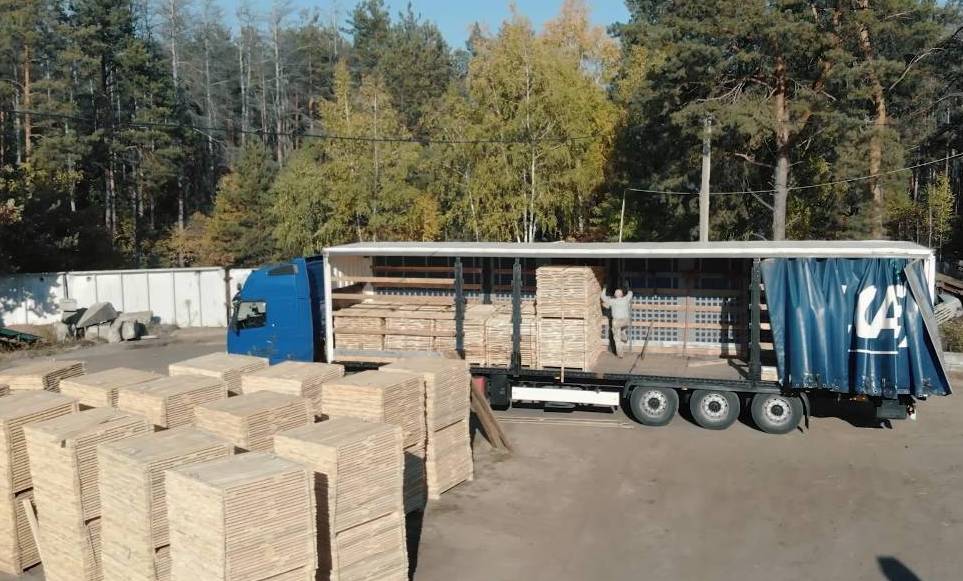

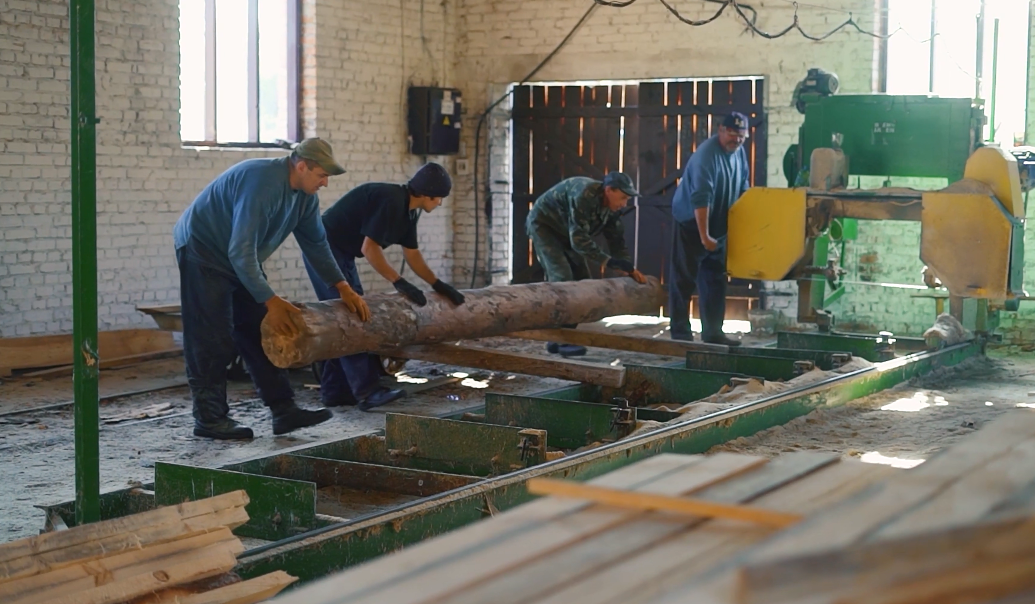
24.9% of the Liubeshiv community’s lands constitute the nature reserve fund. There are 550 species of land plants and 219 species of vertebrates. The Red Book of Ukraine lists 42 species of plants and 84 species of animals from this area.
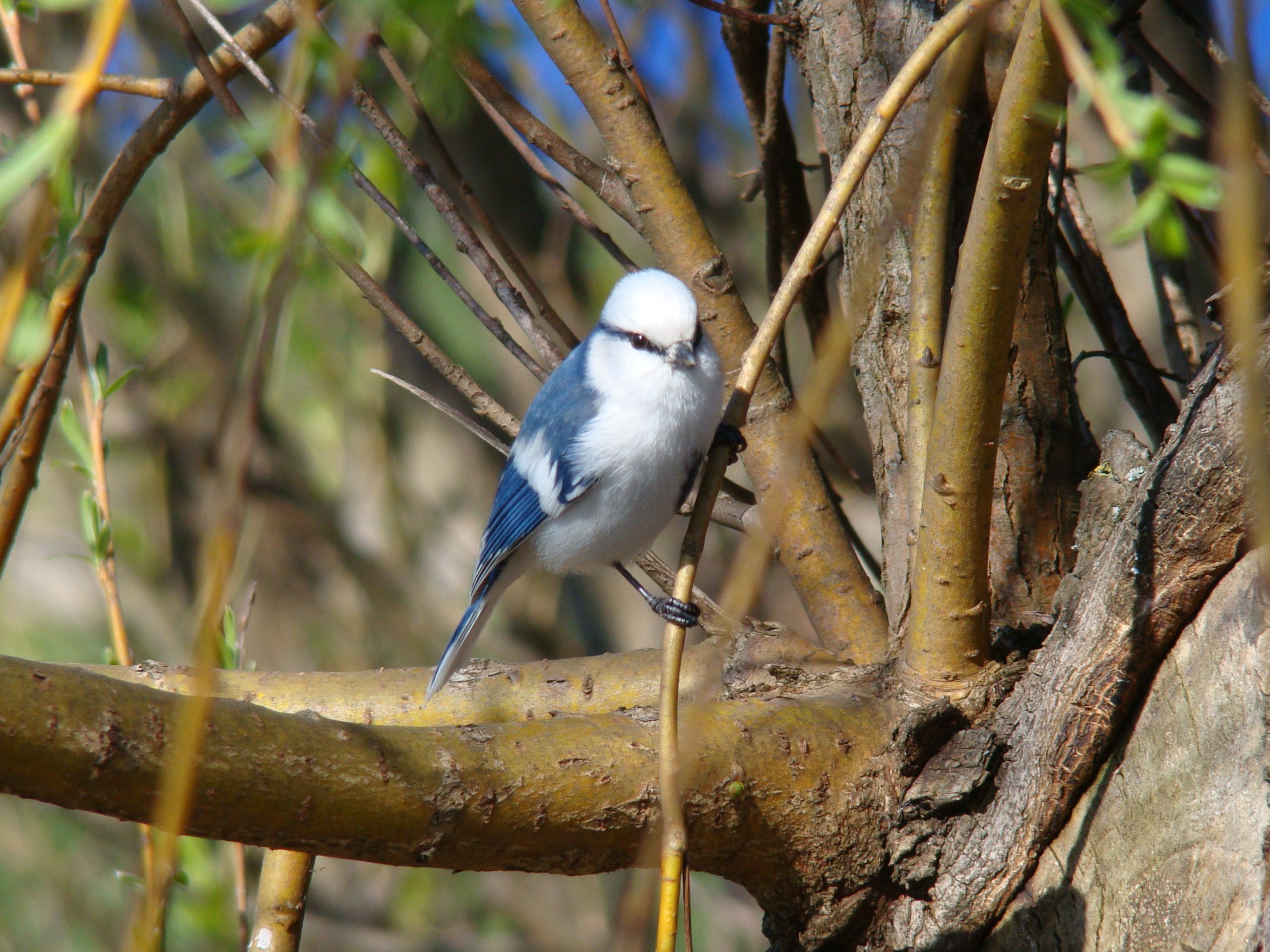
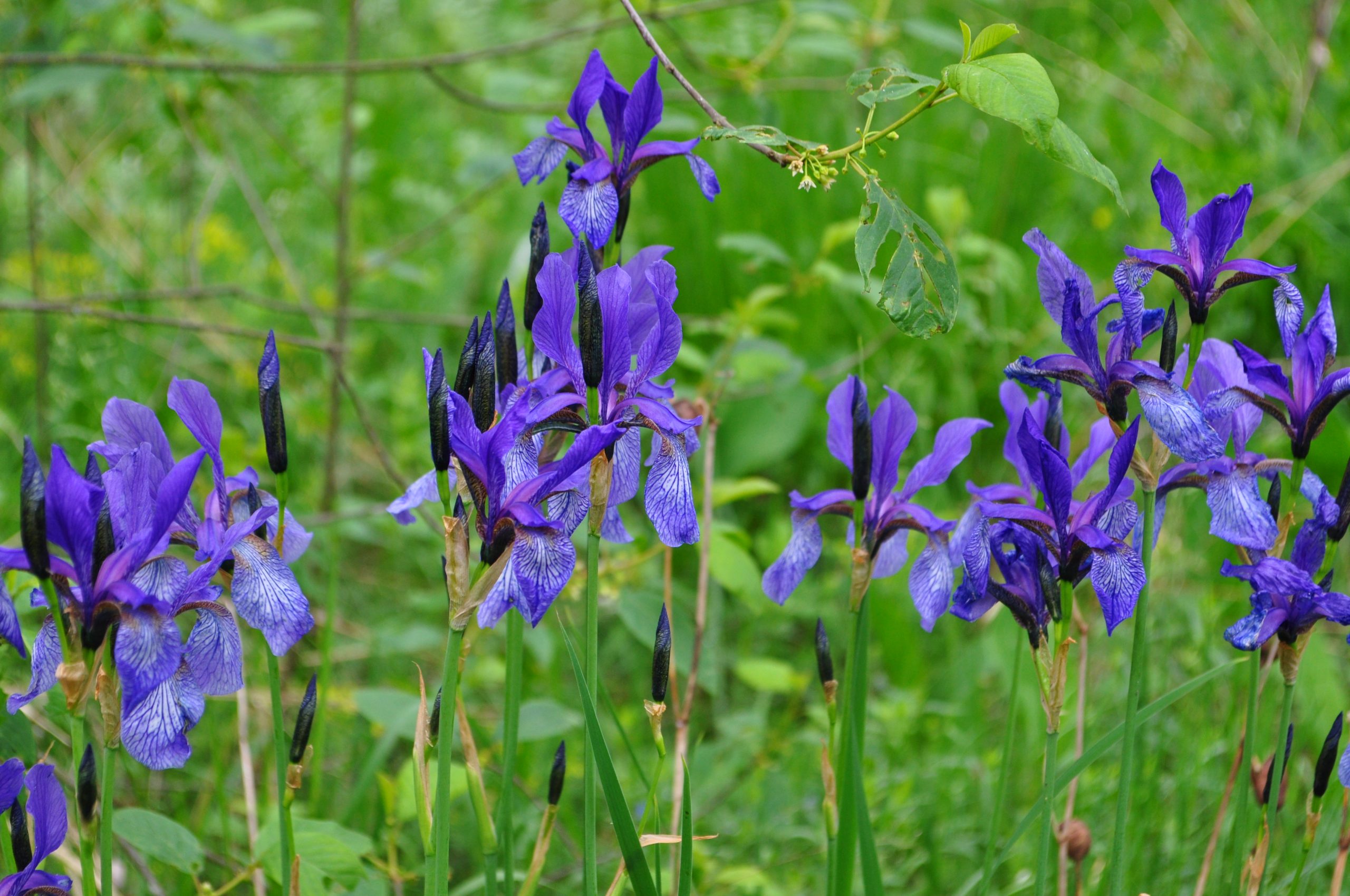
Tourism is also actively developing in the Liubeshiv neighbourhood. The Community boasts rafting, canoeing, many ecological trails, wildlife, and the authentic village of Svalovychi.

Community and War
The Liubeshiv community has a border with the Republic of Belarus. Ihor Demykh, Chief of the executive committee of the Liubeshiv Settlement Council, tells about the first days of the war:
“The Ukrainian soldiers immediately arrived in the Community on the first day of the war. Our people responded to every request from the soldiers and the Community authorities. For example, when they asked to help dig trenches, dozens of people ran with shovels! And a tractor was behind them!
People united and began to do their best to prevent the occupation of Volyn. The village starostas called and said: “People are building security checkpoints in the villages! People are weaving nets!”. The people of Liubeshiv are very patriotic!”
Also, the community people got together, mobilized their efforts, and started to gather food for the soldiers. Schools, administrative offices of starosta-headed districts, and cultural centres. were simply filled up with canned food, meat products, and cereals. Later, they formed humanitarian cargoes and loaded them on volunteers’ trucks going to Ukrainian regions under fire. The community’s entrepreneurs donated money, household goods and food. Car repair and service stations took care of military vehicles. Each Community village has a mechanic who would say: “Do you need to have your APC fixed? No problem!”
We had to fortify a local hospital having over thirty windows that required blocking with sandbags. We posted a request for help on social media, and about 200 people came in 15-20 minutes! The sand was packed in bags before we managed to deliver it! That’s how heroic people of Liubeshiv are!”

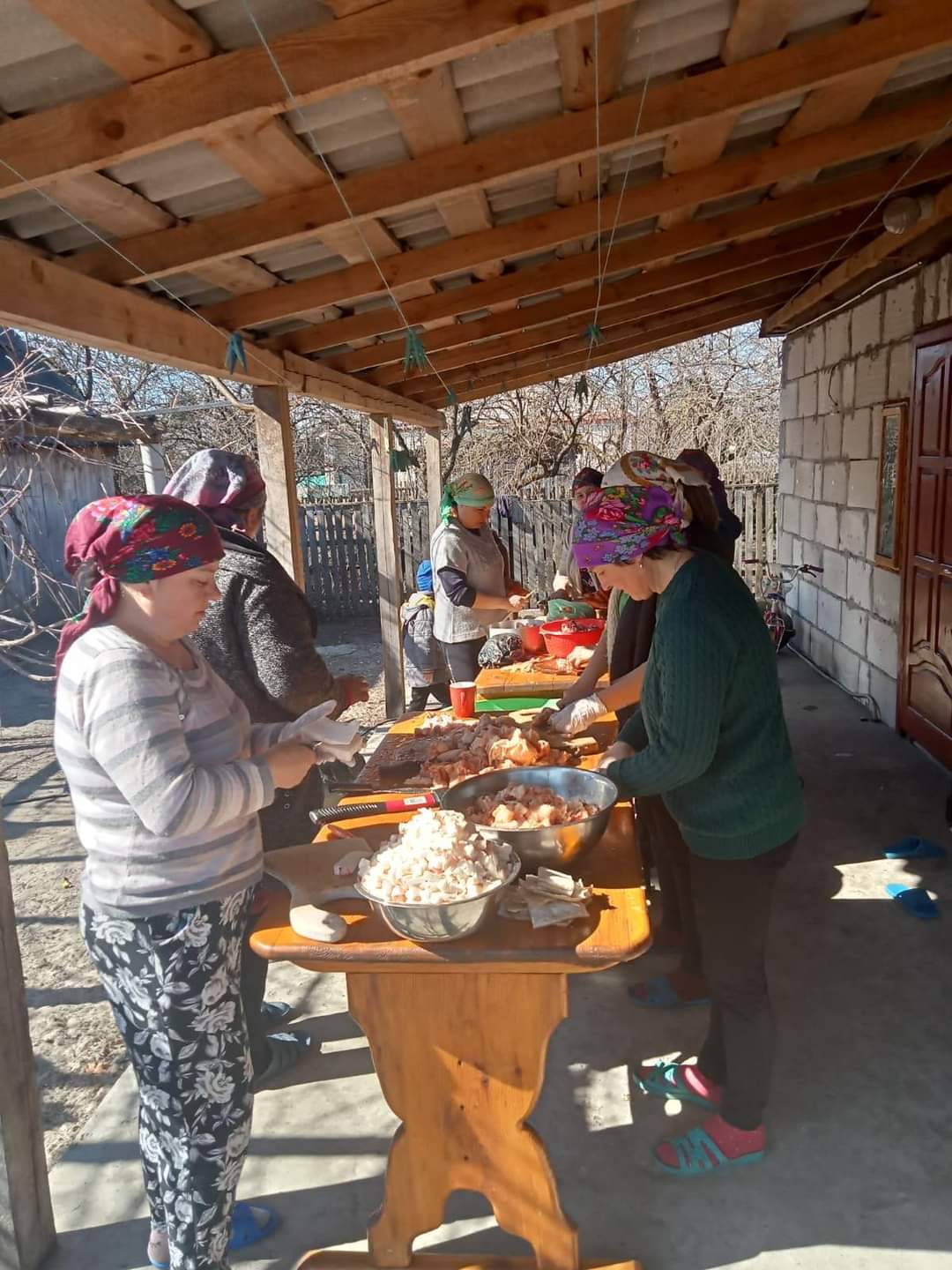
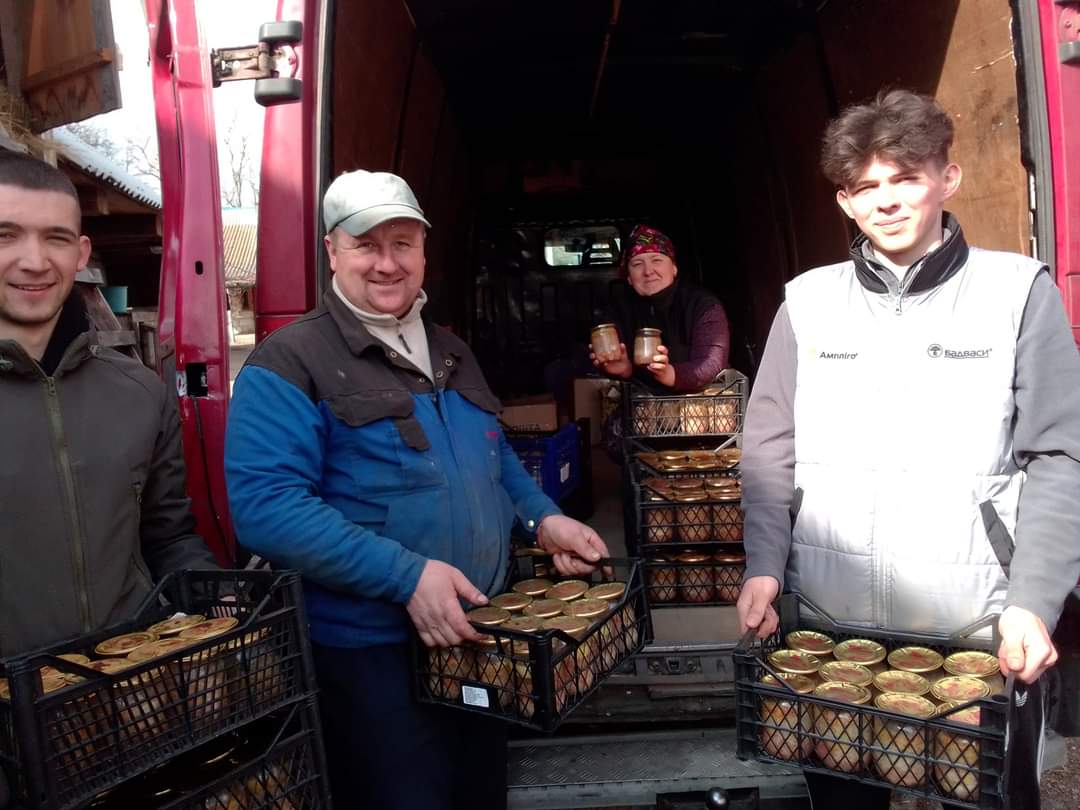
Charity events were held in the Community to raise money for the needs of the Armed Forces of Ukraine. People brought food and other necessities. They delivered them to the war zone themselves or with the help of volunteers. The Community also raised money to buy vehicles for the soldiers.
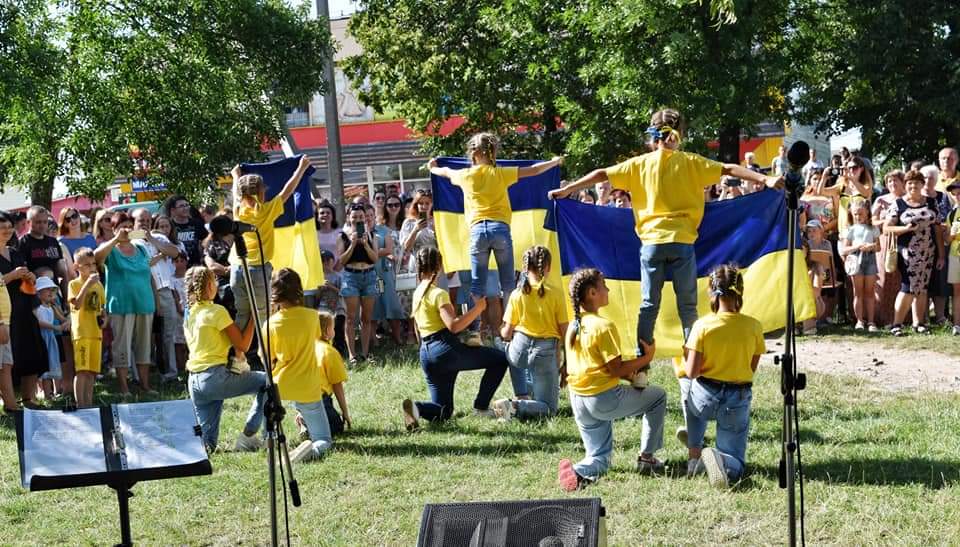
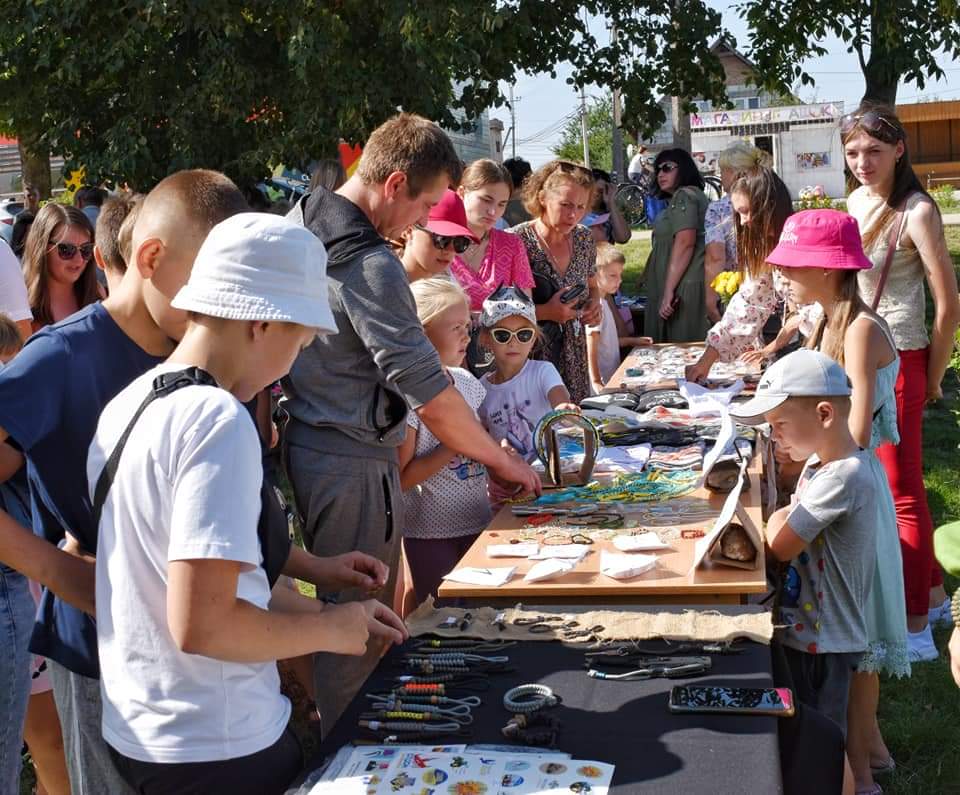
Meetings with internally displaced persons and workshops for their children were also organized. There were classes for improving knowledge of the Ukrainian language. Such classes were intensively attended by IDPs and their children.
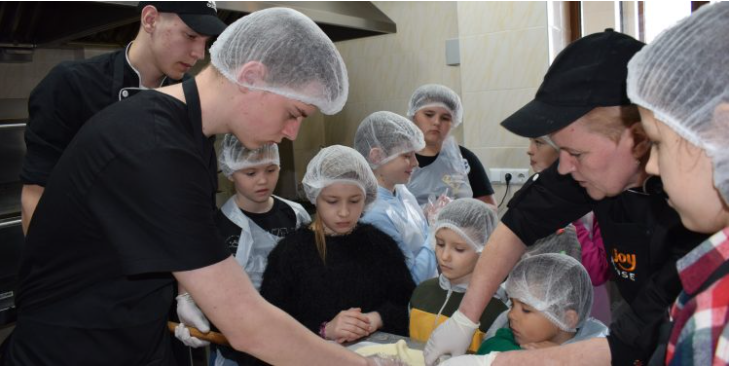
Medical students and the non-governmental organization conducted first aid training for people in starosta-headed districts and in Liubeshiv as part of the project.
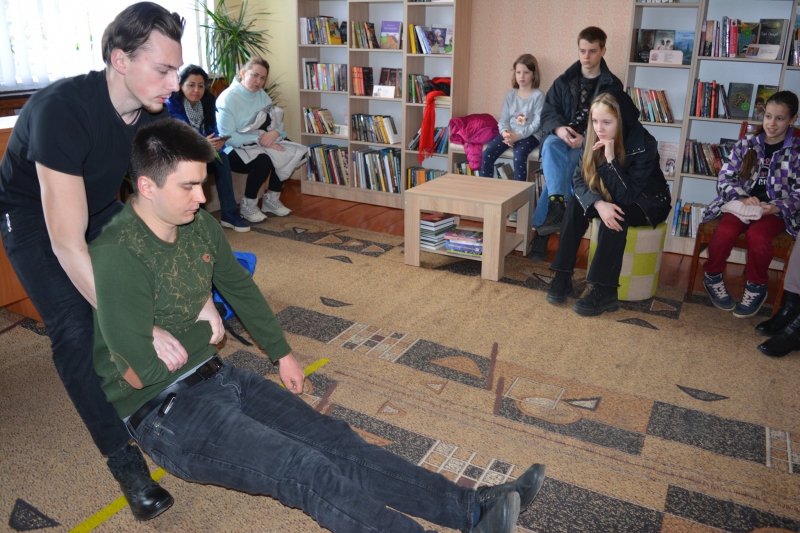
The partnership support was extremely important for the Community. Olesya Zhylko, Head of the Regional Development, Investment and Project Activity Sector says:
“The community’s needs for the most essential things increased significantly with the beginning of the war. The sincere support received from friends and partners in this difficult time will make it into local history. Our friends from Gmina Głusk, Lublin Voivodeship, Poland, were among the first to respond. They immediately initiated the collection of firefighting equipment, which was highly required by fire fighters. Dozens of firefighting departments of the Lublin Voivodeship took part in aid gathering.
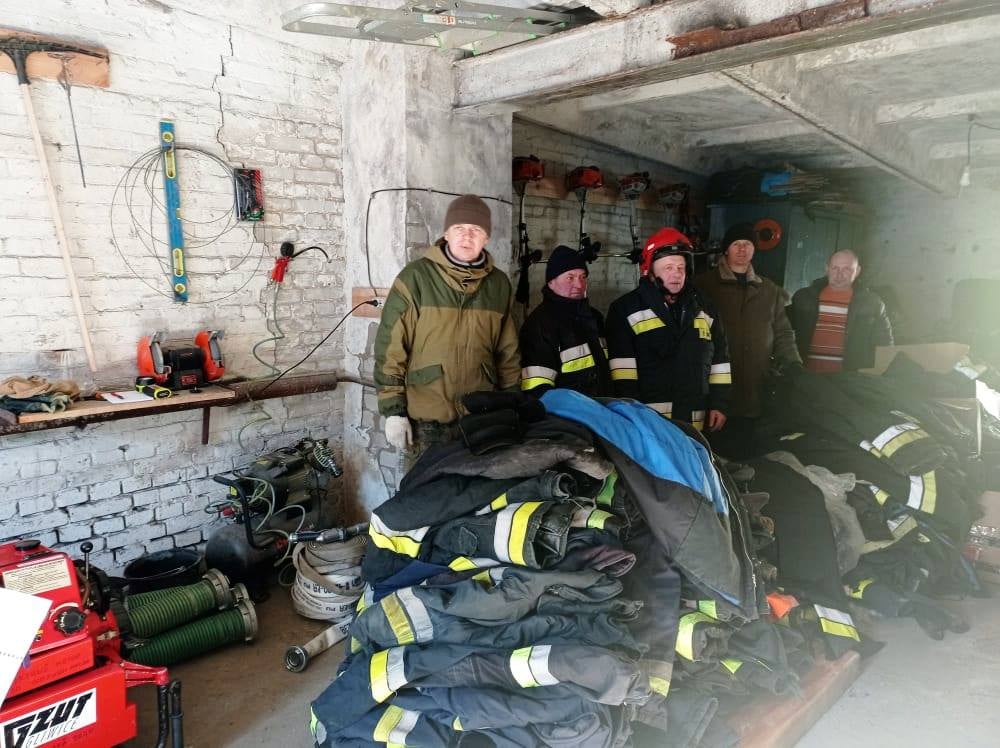
The Community receives significant support from international technical assistance projects: USAID HOVERLA, the EGAP Programme implemented by the Eastern Europe Foundation in partnership with the Ministry of Digital Transformation of Ukraine, the EU-funded “U-LEAD with Europe” Programme, and aid from the International Solidarity Foundation in partnership with BGK and the European Commission. The community would not have kept stable and confident in victory without the donors’ help.
The volunteers are also very active. For example, entrepreneurs Anatoliy Pavlyuchyk and Mykhailo Vyderko have friends and partners in Germany. They deliver humanitarian aid to internally displaced persons, the Community critical infrastructure, the military, hospitals, as well as vehicles for the soldiers.
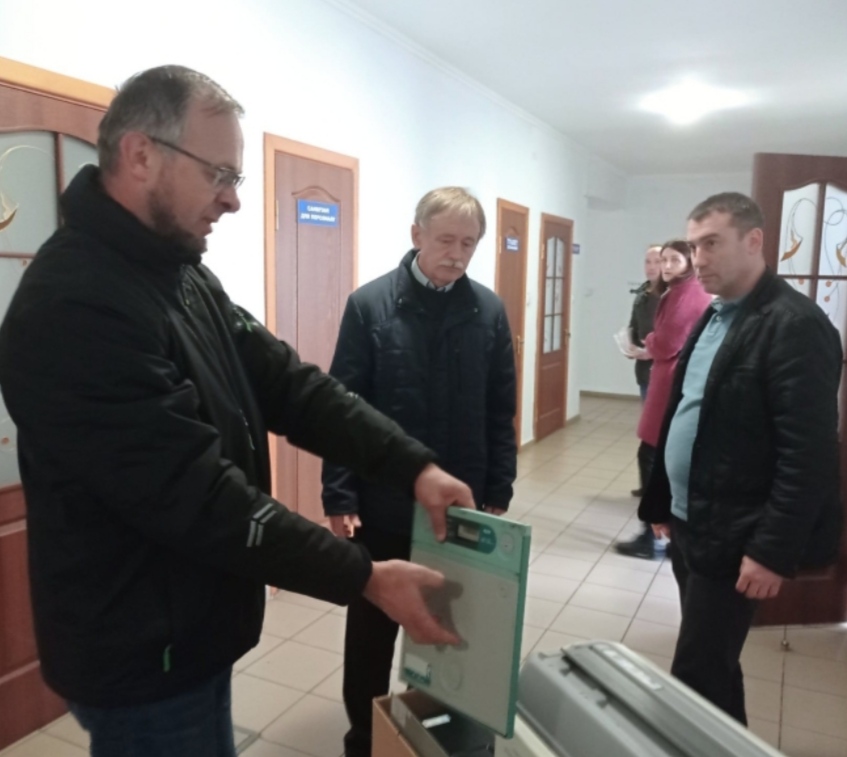
Community People
Oleh Kukh (born in 1976) is the Head of the Liubeshiv Settlement Council.
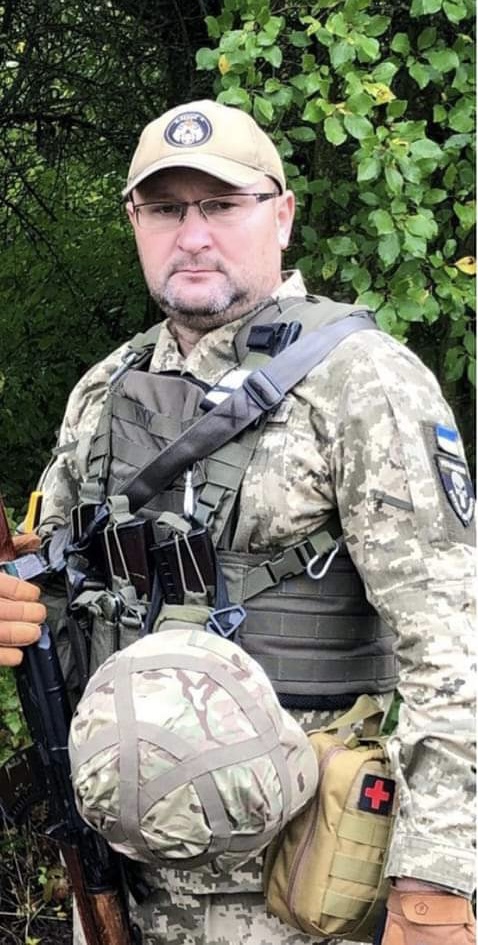
Oleh Kukh was elected Head of Liubeshiv Settlement for the first time in 2017 and then again in 2020. With the beginning of the war, he had to face numerous challenges to support the Community and help the Armed Forces of Ukraine that have immediately relocated to these territories. He organized work in the Community, interaction with the military, volunteers and residents in a clear and coordinated manner. And then he took the military oath of allegiance to the Ukrainian people.
“This is a real great war in which we must definitely win. This requires strength, that is, people who will defend their Motherland. On the other hand, I also have to be an example for our countrymen. Now everyone capable should take weapons and fight against the rashist enemy,” says Oleh Kukh.
Despite his military service, Oleh Kukh constantly monitors the work of his Settlement Council.
In peacetime, the Liubeshiv Community was all about competitions, training sessions, celebrations, and the Polissia Regatta festival!
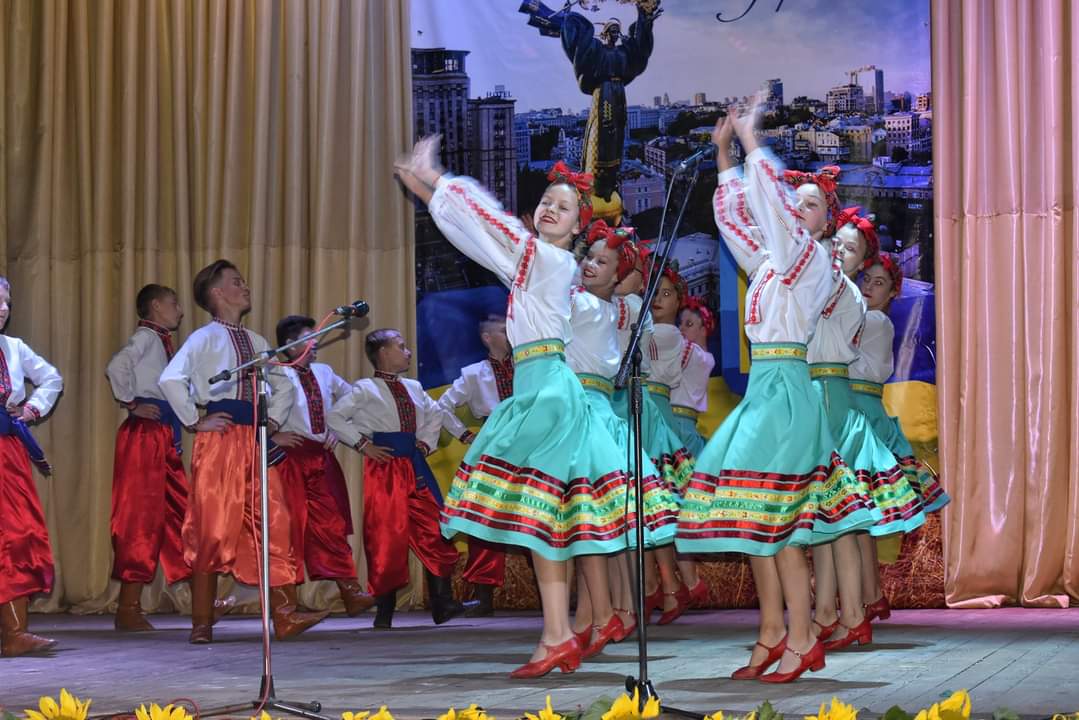
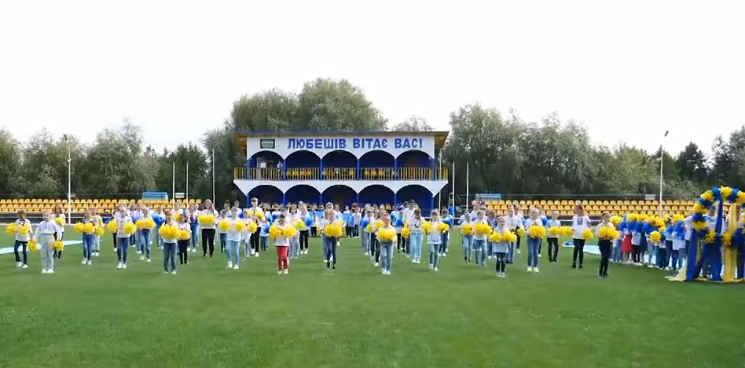
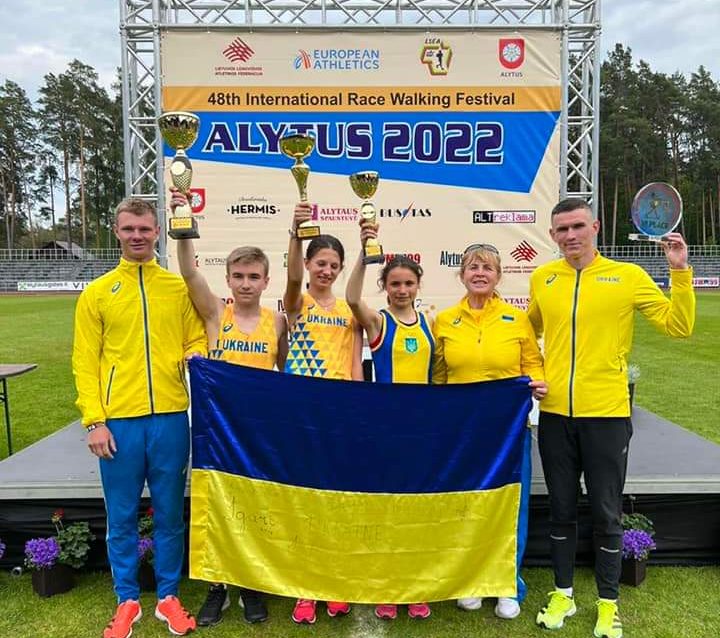
Development Strategy
The Liubeshiv Settlement Council approved the Development Strategy for 2018-2025 on February 27, 2019. It defines three main strategic goals: development of economic capability, development of rural and settlement areas, and development of human potential.

The Strategy Implementation Plan consists of 186 tasks for local development projects.
For example, the community prepared many projects under the 2022 Development Strategy, including the following ones:
- reconstruction of pharmacy building No. 33 into the Administrative Services Centre at 75 Nezalezhnosti Street in Liubeshiv, Volyn region;
- building a new sports complex at 39 Nezalezhnosti Street in Liubeshiv, Volyn region.
- repairing roads, street lighting, sidewalks, etc.
All these projects are currently suspended because of the war.
Also, the main projects planned to be implemented by 2025 under the Development Strategy include as follows:
- reconstruction of the entrance gate of the Charnetsky estate (18th century) in the Liubeshiv;
- renovation of the Church and cells of the Capuchin monastery (18th century) in Liubeshiv;
- overhaul of the Cell building of the Piarists Monastery in Liubeshiv;
- reconstruction of the solid waste landfill in Liubeshiv, Volyn region;
- arrangement of sites for solid waste containers in the community population centres (in central manors of starosta-headed districts);
- repair of street water supply systems;
- building of a household sewerage system in the BAM residential area in Liubeshiv;
- installation of solar panels in municipal facilities;
- thermal modernization of existing municipal buildings;
- facilitation of the creation of a sapropel extraction enterprise;
- installation of children’s and sports grounds in the community’s population centres;
- creation and development of authentic eco-settlements in the Community;
- building a new school for children in Liubeshiv and Zarudchi.
The development strategy of the Liubeshiv Settlement Council outlines a number of other tasks. The Community expects to implement them after the victory, both by its own efforts and in cooperation with donors and partners. This will be achieved through joint projects that are interesting for both parties.
List of Sources
- Community website
- The Liubeshiv newspaper “Nove Zhyttia” (New Life)
- Website “Decentralization“
- Some photos were also provided by the Department of Humanitarian Policy of the Liubeshiv Settlement Council, the Children and Youth Sports School of the Liubeshiv Settlement Council, the Prypiat-Stokhid National Nature Park (Yu. Vabishchevych, Yu. Korh), NGO “Liubash”, Nadiya Kravchuk, Oleksiy Prykhodko.

